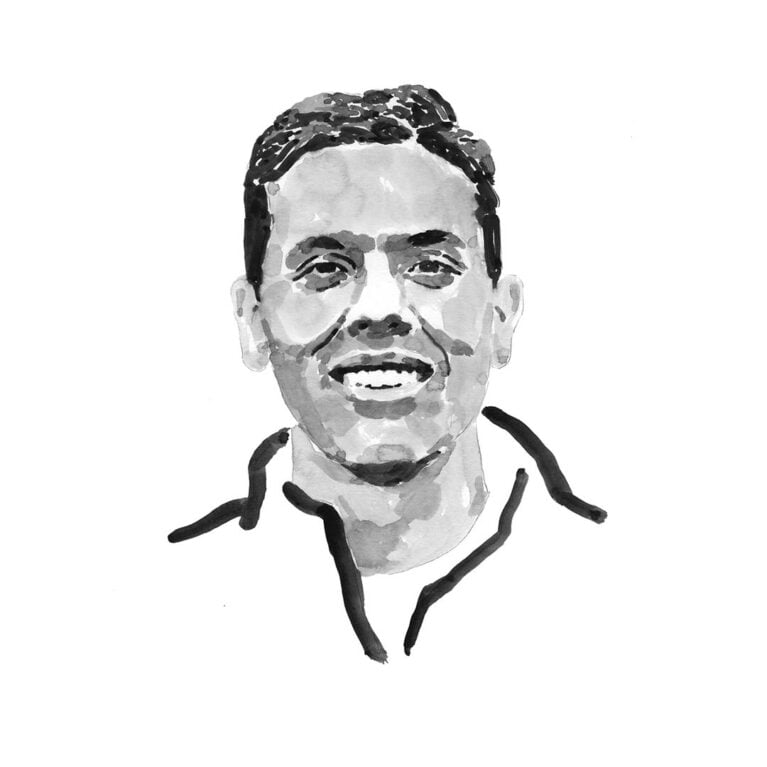Joaquín Soto

Who I am
The place where I can recharge my batteries and reset my mind has always been the ocean. I grew up in Puerto Montt in southern Chile, spending the summers at the beach and on rocky shores where the marine biodiversity is spectacular. Currently, as a marine biology student, I usually spend my weekends diving, fishing and connecting with the ocean’s energy. My bond with marine animals started with my family’s passion for preparing seafood meals. I began to ask myself where these animals we were cooking came from and soon I was looking in the wild for all the species familiar to me from the kitchen. And when I found them, I learned about their biology. Each summer I would explore intertidal pools, seeking out crustaceans under the rocks and among the fish. When I grew up and the time arrived to make a decision about my career, I didn’t hesitate for a moment and started my studies in marine biology. Now, in my final year, it’s a decision I do not regret at all.
Where I work
I am fortunate to be able to study and work in southern Chile, a diverse and complex environment where estuaries, rivers, sandy and rocky beaches, ancestral native forests and Patagonian fjords dominate the natural landscape. Marine waters harbour high species richness, from algae and fish to great mammals like humpback whales. My primary interest, however, lies in the Chondrichthyes species of Patagonia. Very little is known about the sharks and rays that inhabit Patagonian fjords, and it is urgent and essential to understanding their biology and ecology if their declining populations are to be protected. Even though the fjords of Patagonia are still relatively pristine, they are under rapidly increasing pressure due to human activities, of which salmon aquaculture is dominant.
What I do
I am a final year marine biology student at the Universidad Austral de Chile. My project involves collecting stomach and muscle samples from Chondrichthyes species in collaboration with local fishers. I enjoy working with the fishers and spending time at sea with them as it gives me a chance to share my knowledge from the university and at the same time learn from them and get insights into their traditional knowledge. Once I have the tissue samples, I will process them and analyse the stomach contents of each fish. The final steps will be data analyses and modelling that will enable me to determine the effects of salmon aquaculture on the diet and habitat use of Chondrichthyes from Patagonian fjords.
